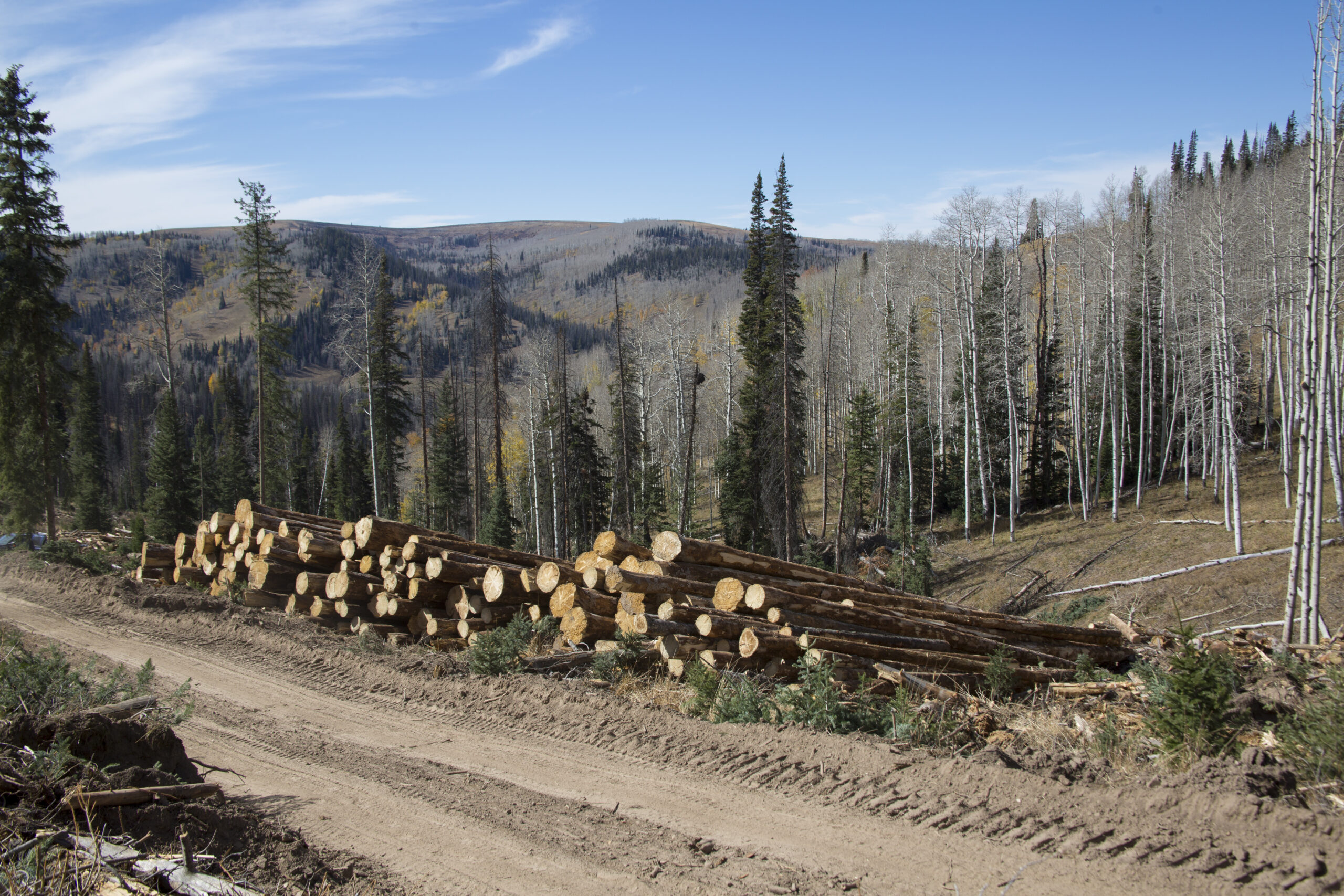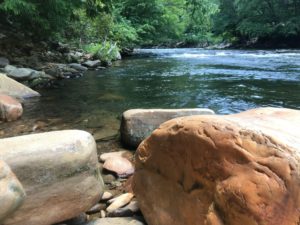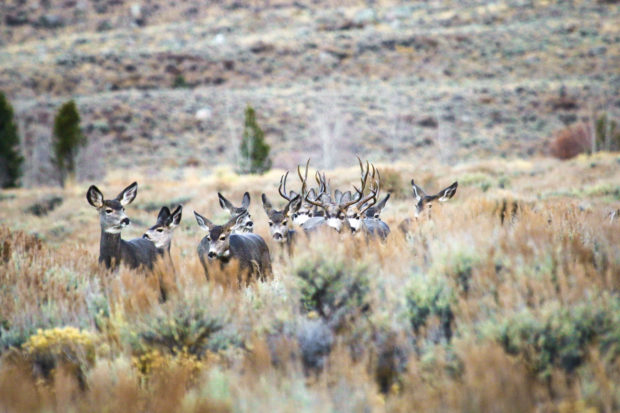Energy Dominance Misses the Mark, Damages Our Wild Public Lands

This week, Acting Secretary David Bernhardt begins confirmation hearings to officially take over the top job at the Department of the Interior, the agency responsible for stewarding our country’s wild public lands. This week also marks the two year anniversary of the short-sighted policy he champions to prioritize energy development on public lands.

Polar bears come ashore on the Coastal Plain of the Arctic National Wildlife Refuge in Alaska to den and give birth to their cubs. Photo: Marc Hester.
Since its establishment, The Trump administration’s “energy dominance doctrine” has offered up nearly 95 million acres of public land and water for oil and gas development.
Some of the most pristine landscapes and waterways in our country are under consideration for energy development. The most recent proposal would fast track oil and gas drilling on 1.6 million acres in Alaska’s Arctic National Wildlife Refuge, home to wildlife such as the Porcupine caribou, polar bears and migratory birds and the Gwich’in native people, who have strong cultural, spiritual and subsistence ties to the area. Seismic testing and drilling in this sensitive area would be devastating for both.
The administration also wants to expand drilling off the Pacific and Atlantic coasts of the United States, despite the clear opposition of all affected state Governors and many coastal residents.
Join us, along with thousands of wildlife champions and our coastal affiliates, in opposing offshore drilling.

Sea otters, along with other wildlife who depend on healthy coastal habitat, would be at risk of highly destructive oil spills if plans to open the U.S. coast lines to drilling move forward. Photo Greg Tucker.
In western states, the Department of the Interior has dismantled a bipartisan plan to protect sage grouse and 350 other plant and animal species in the so-called sagebrush sea that stretches across 11 states. Oil and gas interests will now be able to exploit waivers which will allow them to drill near fragile breeding grounds – and those companies won’t be required to mitigate the damage they cause.
The administration has also considered oil and gas leasing near Colorado’s Rocky Mountain National Park and the Great Sand Dunes National Park. In Montana, the Bureau of Land Management proposed oil and gas development near the Big Hole and Beaverhead rivers, which provide some of the largest and healthiest big game populations in North America.
Similarly in Nevada, the administration wanted to allow oil leasing in the pristine Ruby Mountains. Fortunately, after a huge public outcry in these western lands, the leasing plans were put on hold. But the threat is still there.

The Trump administration tried to sell oil and gas leases near Colorado’s Rocky Mountain National Park, the Great Sand Dunes National Park and Nevada’s pristine Ruby Mountains. Photo: Kwok Yin Cheng.
And oil and gas companies continue to accelerate their plans for future production. Last month, they filed for a record 6,570 new permits. What is particularly troubling about this wrong-headed energy dominance doctrine, is that it doesn’t prioritize leasing in pin-pointed, oil-rich areas that are away from sensitive wildlife habitat. Instead, this federal agency has allowed a scatter-shot approach, offering thousands of acres across broad swaths of land, even when there is little evidence of substantial fossil fuel deposits. Last year, many of the plots that were leased to oil and gas companies sold for the minimum bid price of $2 an acre. American taxpayers should be outraged at these giveaways to the oil industry.
Unfortunately, even if those taxpayers complain, they may not be heard. The administration’s quest for energy dominance has also meant sharply curtailing public opinion and scientific input. Many agencies have slashed the amount of time the public can comment on potential leases and have limited the number of public hearings. During the comment period for changing sage grouse protection plans, the Bureau of Land Management “lost” 100,000 protest notes from people who were opposed to lifting the protections. The Interior Department has additionally limited scientific reports about potential environmental and wildlife impacts from drilling. Most recently, a watchdog group for local, state and tribal government officials said the Department of Interior had been hiding scientific documents about the perils of drilling in the Alaska Arctic National Wildlife Refuge.

The greater sage-grouse, along with golden eagles and mule deer, could see their declining sagebrush sea habitat further harmed by oil and gas development. Credit: Ernie McGee.
Senators on the Energy and Natural Resources Committee must ask Acting Secretary David Bernhardt how he plans to end this foolish energy-development-at-all-costs plan. The next Secretary will need to restore the mission of the Department of Interior back to its original intent: to balance the conservation, recreation and cultural values – along with natural resource use — to “best meet the present and future needs of the American people.” Millions of tribal members, hikers, campers, anglers and other outdoor enthusiasts across this country are counting on the next confirmed Secretary to end the energy dominance doctrine that threatens the very survival of our wildlife heritage.
The post Energy Dominance Misses the Mark, Damages Our Wild Public Lands appeared first on The National Wildlife Federation Blog.
Source: Public Lands
Originally Posted on NWF.org




